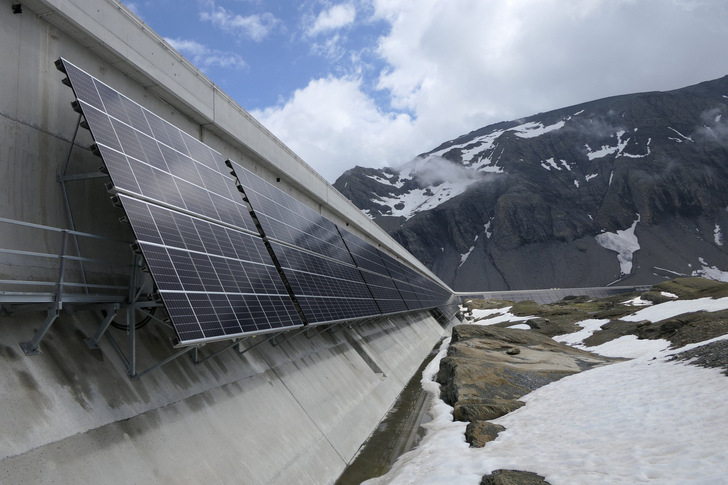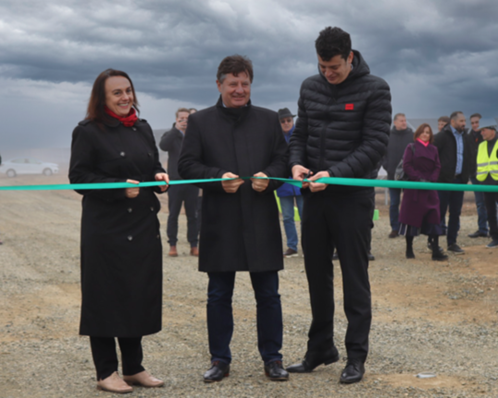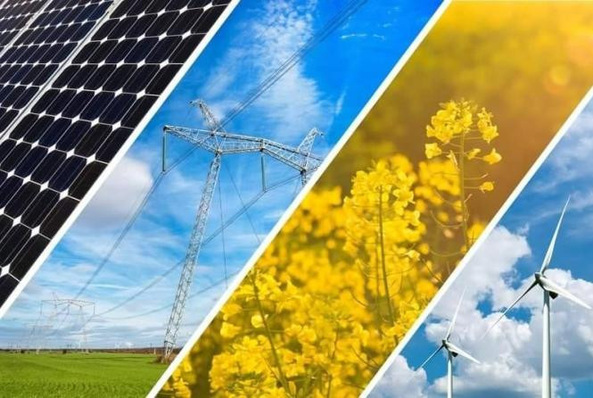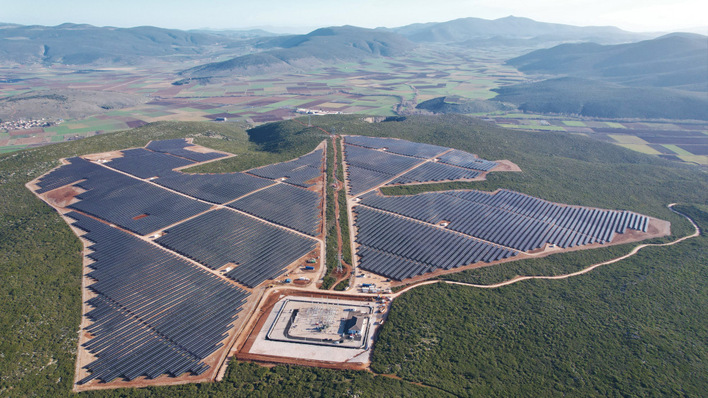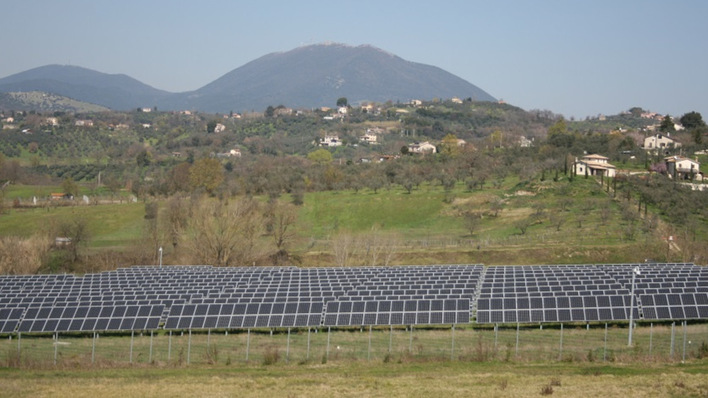The Swiss energy company Axpo is now planning the construction of two alpine solar projects in the municipality of Ilanz/Glion. The plants will be built on Alp da Schnaus and Alp da Rueun. Both have a combined installed output of around 45 megawatts and are expected to supply 66 gigawatt hours of electricity for more than 14,000 households in the region. An important advantage: the alpine plants produce electricity primarily in winter. This helps to close the electricity gap.
Alpine solar plant on the Alp da Schnaus
"With the plants, we are increasing the security of the energy supply in Switzerland, creating local added value and generating long-term income for the municipality's coffers," says Marcus Beer, Mayor of the municipality. Axpo informed the residents of the municipality about the two projects at an information event. The residents will vote on the projects in the coming weeks. Assuming positive voting results and planning permission, Axpo would start construction of the plants in spring 2025 and partial commissioning could be expected at the end of 2025.
See also: Axpo enters Spanish market with 200 MW PV plant
The planned solar plant on Alp da Schnaus, with the project name Ovra Solara Camplauns, will have an installed output of 15 megawatts and cover an area of 200,000 square metres. The plant is expected to generate 22 gigawatt hours of electricity per year, which corresponds to the calculated electricity consumption of over 4,700 households. According to Axpo, the plant will be well integrated into its surroundings, as it will leave the ski slope as well as hiking and biking trails undisturbed. The land will remain usable as pastureland after completion.
Alpine solar plant on the Alp da Rueun
The larger ground-mounted system is to be built on Alp da Rueun: Ovra Solara Rueun with an output of 30 megawatts will be built on an area of 500,000 square metres. The plant is expected to generate around 44 gigawatt hours of green electricity in future, which corresponds to the calculated electricity consumption of over 9,400 households.
Also interesting: Results of the test facility at Totalp near Davos are out
This plant will also ensure that the various uses of the site harmonise with each other: Existing hiking trails and ski touring routes will be taken into account and alpine farming should therefore be able to continue even after the solar plant has been built. The plant will also be built to bundle infrastructure up to the existing high-voltage power line. (nhp/mfo)


